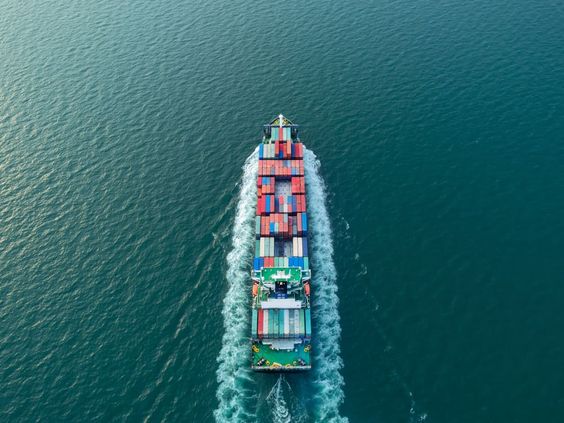End-to-end tracking revolutionizes international shipping, offering visibility from departure to delivery. Knowing how to ship with end-to-end tracking to France helps manage expectations, reduce risks, and enhance customer satisfaction. Here’s a step-by-step approach to ensure seamless monitoring of your cargo.
1. Select Tracking-Compatible Carriers and Platforms
Carrier Capabilities
Research carriers operating routes to France. Prioritize those providing real-time tracking for both sea and air freight. For example, major shipping lines offer online portals for tracking container movements.
Freight Forwarding Apps
Explore apps integrating multiple carriers. Platforms like Maersk Spot or Flexport allow you to book shipments and track progress across different legs of the journey.
2. Ensure Proper Shipment Labeling
Barcode and RFID Use
Request carriers to apply standardized barcodes or RFID tags to your packages. These enable automated scanning at each transit point.
Clear Identification
Label packages with your company name, consignee details, and a unique tracking number. Include contact information for quick issue resolution.
3. Set Up Tracking Notifications
Customizable Alerts
Use carrier or app features to configure notifications. Opt for updates on milestones like container loading, port arrival, and final delivery.
Multiple Channels
Choose to receive alerts via email, SMS, or in-app notifications. This ensures you stay informed across different devices.
4. Manage Documentation for Tracking
Digital Record-Keeping
Upload all shipping documents (bill of lading, commercial invoice) to the tracking platform. Digital copies help verify shipment details at each stage.
Consistency Checks
Double-check that document information (like container numbers) matches the tracking data. Discrepancies can disrupt visibility.
5. Monitor and Address Delays
Proactive Issue-Solving
Regularly check the tracking dashboard. If a shipment stalls, contact the carrier or freight forwarder immediately.
Backup Planning
Have contingency plans for potential delays. For example, identify alternative routes or carriers in case of port congestion.
6. Communicate with Stakeholders
Internal Updates
Share tracking links with your logistics and customer service teams. This aligns everyone on the shipment status.
Customer Transparency
Provide French customers with tracking information. Send automated updates to build trust and manage expectations.
In conclusion, mastering how to ship with end-to-end tracking to France involves choosing the right carriers and platforms, proper labeling, notification setup, document management, delay monitoring, and stakeholder communication. By following these steps, you can ensure full visibility of your shipments. For further expertise, companies like China Top Freight can offer industry insights.Utilize China Top Freight to help solve the problems you are facing. Contact us today to embark on your smooth transportation journey!


